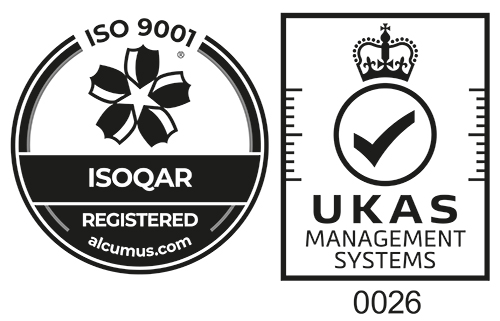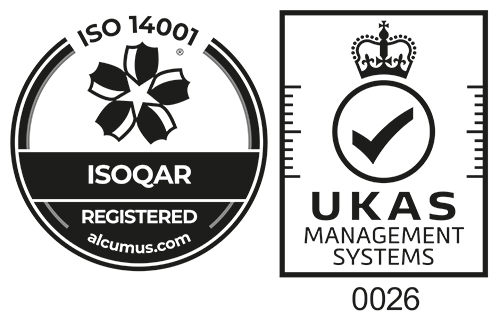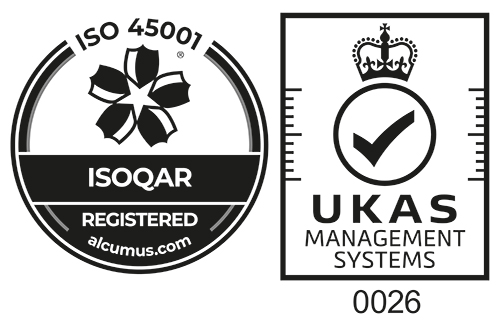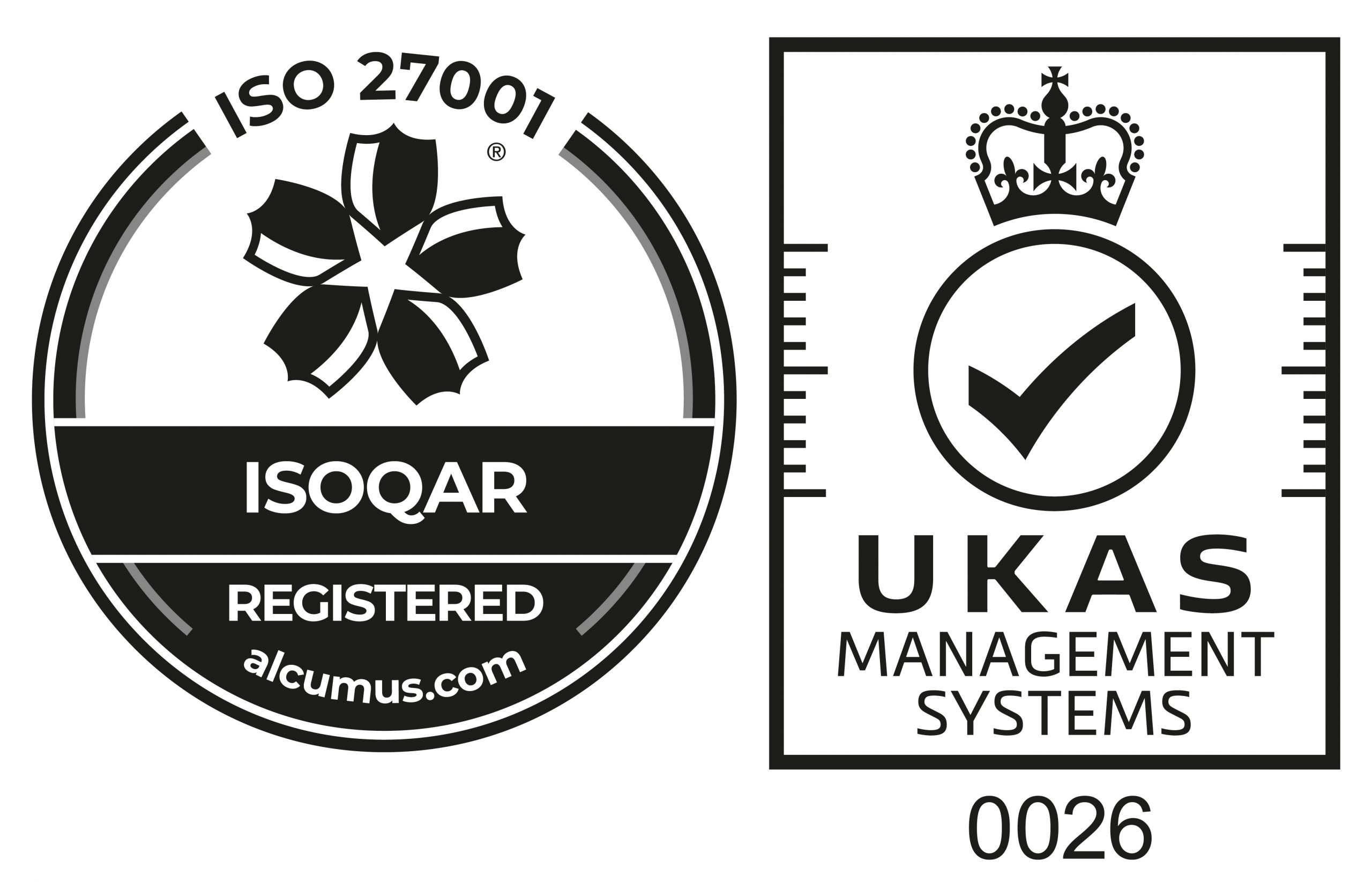
Here’s how RFID works! All deliveries entering the site can be scanned as stock, using a Personal Digital Assistant (PDA). While plant equipment is simply labelled with barcodes or RFID (Radio-Frequency Identification) tags and is scanned both when given and returned against the recipient’s record. When the time arises for the equipment to be serviced or inspected, records denoting this can be uploaded against the specific plant tools, construction hand tools and site equipment. Let’s see how it stacks up as an investment.
Mosaic stock control, asset tagging & inspection manager is a powerful multifaceted tool to support project management with the tracking of materials and equipment (such as large plant, small plant, construction hand tools & construction equipment), on-site. Historically, on site tracking of materials and tools have been made complicated by the use of traditional paper based processes. These are invariably labour intensive, unreliable and contribute to the increase in construction costs.
[vc_video link=”https://www.youtube.com/watch?v=bhWqVsJbhEc” el_width=”60″ align=”center”]
To compare the economic feasibility of using RFID tags, we delved into some academic research. The most commonly used measure for gauging financial viability is through a combination of Return on Investment (ROI) and payback period. The academic literature reported that although initial investment and interest rates can cause wide variations in the outcomes of these economic criteria, many of the researchers found an average payback periods of 18 and 36 months for RFID and GPS technology, respectively (Pisello 2006, European Commission 2008, Telogis 2013) While the average ROI values associated with the RFID and GPS technology applications may be up to 10% (Pisello 2006, European Commission 2008, Telogis 2013 and GPS Insight 2013).
So not only does it look like a viable investment on the face of it with quick pay back periods; but our system can also further help with distribution of PPE to the workforce and contractors alike. Firstly, a system such as Mosaic is in place to ensure everyone receives the correct clothing and kit for the job they perform. Secondly end users, such as contractors, could potentially invoice for this site service.
An example of the amount of PPE distributed amongst a workforce was mentioned in a recent Construction Index article about Wates. They have more than 4,000 employees and more than 10,000 supply chain operatives and partners. They estimated a spend of £2m a year with a supplier to provide them with the necessary PPE for their annual operations. By using Mosaic’s asset tagging system, Wates could potentially invoice contractors for the £1.4 million PPE equipment they use while on their jobs. This would represent a considerable recouping of costs and one that would go straight on the bottom line in a sector notorious for tight margins.
Pisello, T. (2006). “Shrinking the Supply Chain Expands the Return: The ROI of RFID in the Supply Chain”, Alinean: the Business Value Selling Experts, accessed via http//.www.Motorola.com.
European Commission (2008). “RFID Adoption and Implications”, Impact Study No. 07/2008, accessed via http//.www.ec.europa.eu.
Telogis (2013). “ GPS Fleet Management ROI”, accessed via http//.www.telogis.com.
GPS Insight (2013). “Investing in Fleet Tracking Yields Substantial ROI”, accessed via http//.www.gpsinsight.com.





